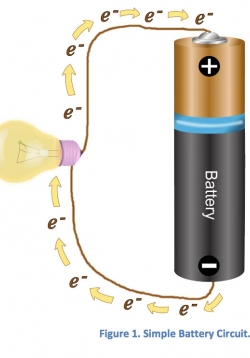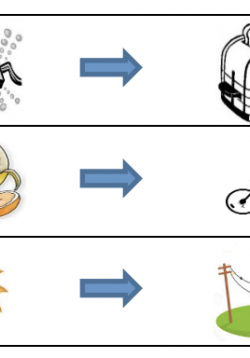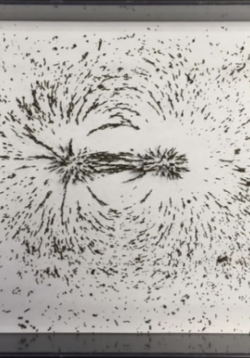Introduction to Circuits
This lesson begins with students having hands-on experiences creating electrical circuits using a battery, wires, and a light bulb. Students will learn that electricity is the flow of electrons, and how electricity moves within a circuit.








